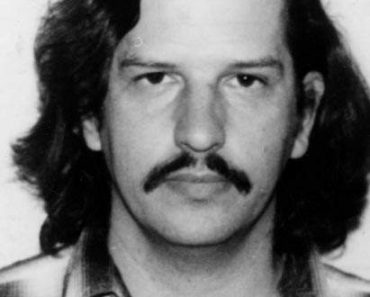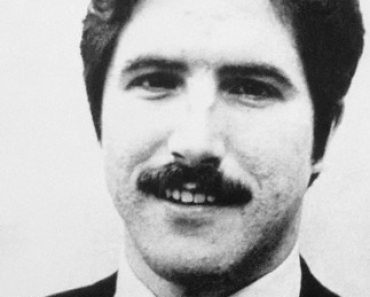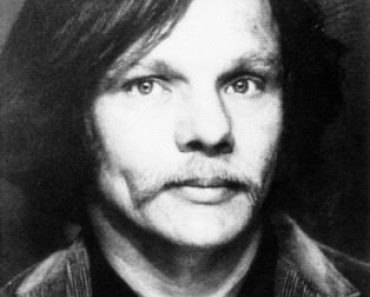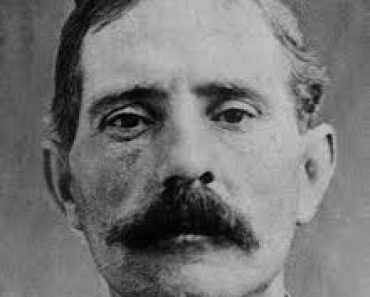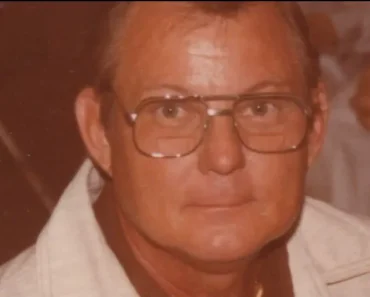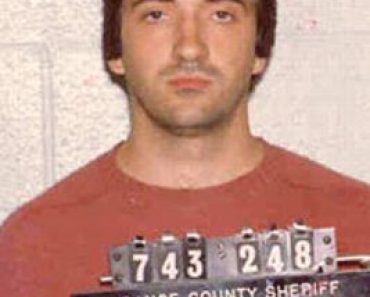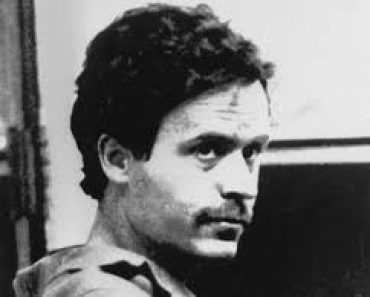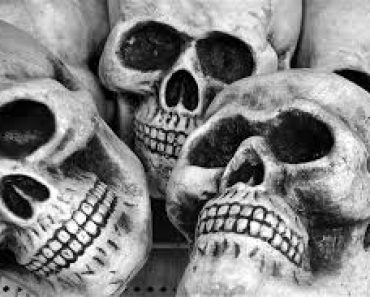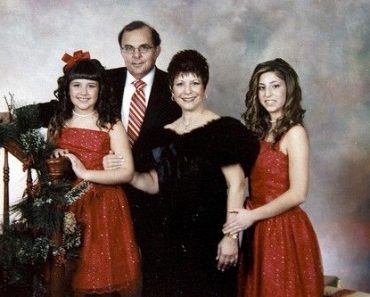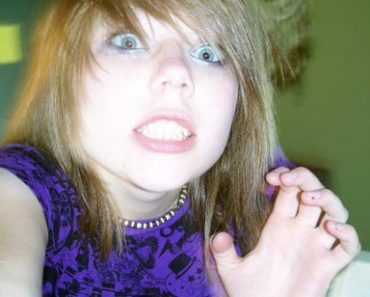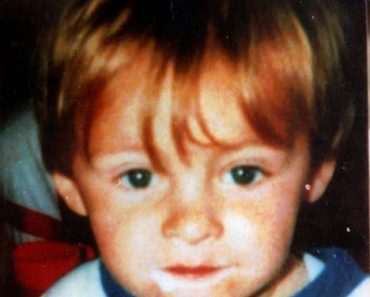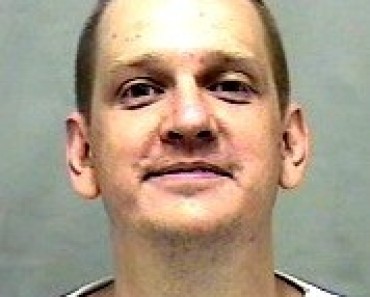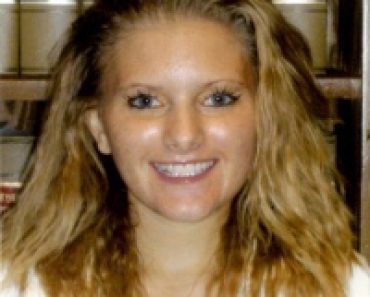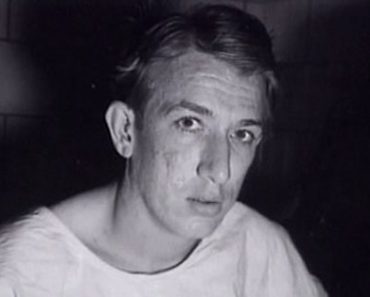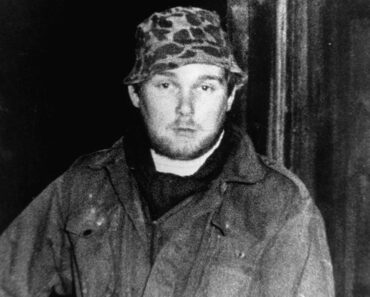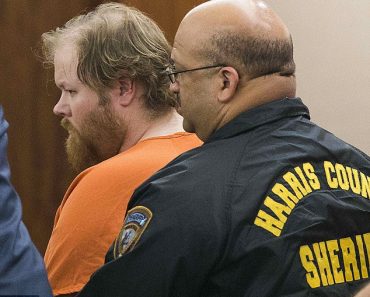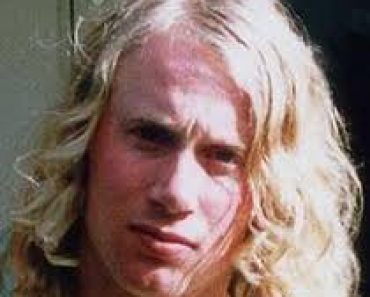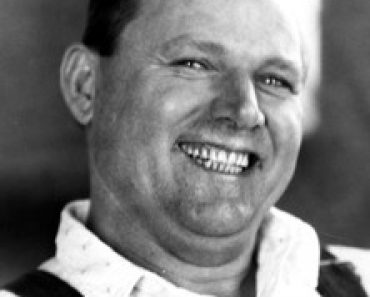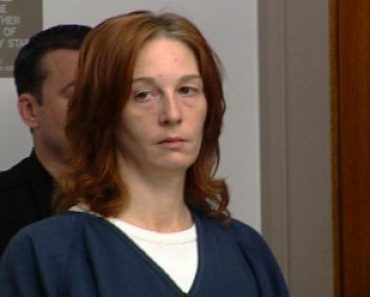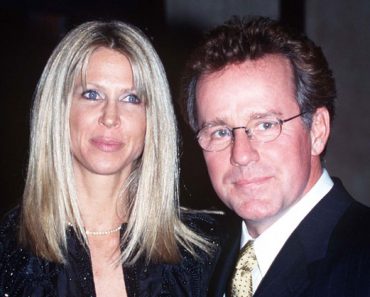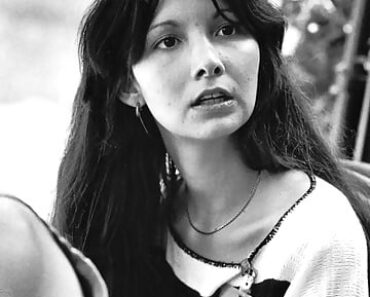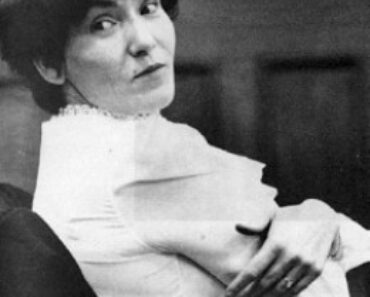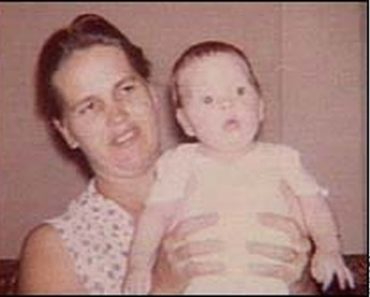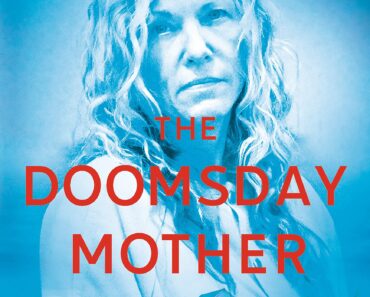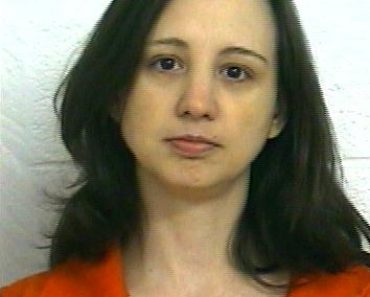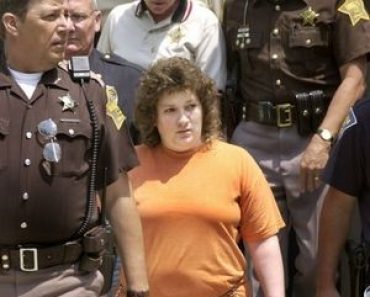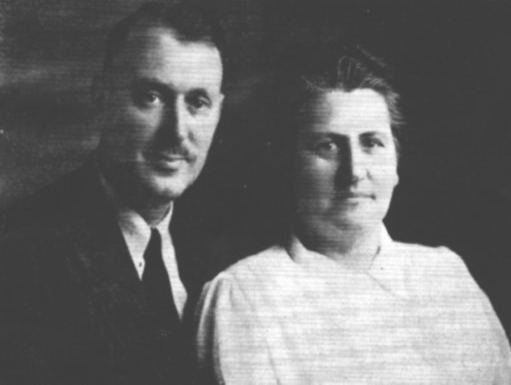
Lila Young
The Butter Box Babies
American Female Serial Killer
Crime Spree: 1928 – 1947
Lila Young, born Lila Coolen, was the daughter of devout Seventy-Day Adventist parents, born at Fox Point, Nova Scotia, in 1899.
At age twenty-six, she met, and married, William Peach Young, an Oregon native transplanted to New Brunswick, where he aspired to the role of an Adventist Medical Missionary without benefit of ordination or medical training.
Soon after their marriage, with Lila expecting the first of five children, the Young’s moved to Chicago, where William was licensed as a chiropractor in December 1927.
Lila Young
Two months later, they moved back to Nova Scotia, opening the Life and Health Sanitarium in East Chester, forty miles southwest of Halifax. Lila Young entered service as a professional midwife, and their establishment was soon rechristened the Ideal Maternity Home and Sanitarium, with William acting as the superintendent and Lila as managing director.
Clients flocked to the home in response to newspaper advertisements that read: IDEAL MATERNITY HOME Mothers Refuge also department for girls. NO PUBLICITY Infants home in connection. Write for literature. East Chester, N.S. Brochures for the home promised to shield Expectant Mothers from gossip, but every service had its price.
Married women seeking refuge with the Young’s paid an average of $75 each for delivery and two weeks of convalescence in the early days of operation, but unwed mothers, frightened of scandal, faced a stiffer price. The Young’s demanded an average of $100 or $200 in advance for room and board, delivery of the infant, and arranging subsequent adoptions, plus another $12 for diapers and supplies, with an average two-dollar weekly maintenance fee for warehousing infants between delivery and adoption.
If a baby died at the home, the mother was charged $20 for a funeral–performed by the Young’s handyman at a standing rate of fifty cents per corpse, with white pine butter boxes standing in for coffins.
Baby Farming
In short, it was the classic baby farming racket, elevated to an art form. Girls without the ready cash in hand were some-times allowed to work off their debts at the home, thus providing the Young’s with a steady stream of unpaid domestic help. Medical care was another realm open to shortcuts, with Lila and William each billing themselves as doctors on their letterheads.
In fact, Lila Young delivered the babies herself, while William knelt at the bedside in prayer, but some clients saw a more ruthless side of the Young’s, complaining of Lila’s rough–even brutal–handling. She was physically immense, one client recalled. She had an overwhelming presence and a great sense of power. She could strike terror into people. No one dared challenge her. In short order, the Ideal Maternity Home became a virtual baby factory, hosting scores of unwed mothers averaging age seven-teen.
Between 1928 and 1935, Lila Young reported 148 births and twelve infant deaths at the home–a mortality rate of 8.1% that nearly tripled Nova Scotia’s 3.1% average.
On March 4, 1936, Lila and William were charged with two counts of manslaughter in the January deaths of Eva Nieforth and her newborn child, allegedly caused by negligence and unsanitary conditions at the home. Both were acquitted at a three-day trial in May 1936, but the Royal Canadian Mounted Police adopted a policy of investigating each reported death at the home in years to come. One problem, of course, was the issue of unreported infant deaths.
Lila Young
Handyman Glen Shatford would later admit burying between 100 and 125 babies in a field owned by Lila’s parents near Fox Point, adjoining the Adventist cemetery. We buried them in rows, he said, so it was easy to see how many there were. In a typical case, recalled by Shatford from April 1938, an unnamed infant lay in the Young’s tool shed for five days, covered by a box, before it was driven to Fox Point for burial.
A motive for the surreptitious disposal may be found in Lila’s standard charge of $300 to board a baby for the rest of its natural life. Some were farmed out to a neighbor who cared for their needs at three dollars a week, while others reached the end of their natural lives in record time. Some adoption rejects–including children of mixed race or those with physical defects–were reportedly starved to death on a diet of water and molasses.
For all the money paid to Lila Young and her husband by their pregnant clients, the Young’s made their greatest profit from adoptive parents, charging an average of $800 to $1,000 per infant in the 1930’s, escalating to an average $5,000 per head during World War II. In the 1940’s, Ideal Maternity earned $60,000 per year from its live-in clients, including a special $50 fee from any mother who specified adoptive parents of a particular religion. On the flip side, Lila and William banked at least $3.5 million from the adoption–i.e., sale–of infants between 1937 and 1947.
Watching The Youngs For Years
One client, who changed her mind in 1946 and sought to get her child back, was told the boy had already been placed for adoption, but he might be retrieved – if the mother could come up with $10,000 in cash.
By 1943, the Young’s were housing seventy infants on any given day. Their original cottage had grown to a sprawling complex of fifty-four rooms, fourteen bathrooms, and multiple nurseries, valued at $40,000 with no outstanding mortgage.
Clients could reserve private or semiprivate rooms, if they were put off by the thought of sleeping on a common ward. Business was so good, in fact, that Lila began to brag … and thereby caused herself no end of grief.
Public health officials had been watching the Young’s for a decade, but they found their first concrete evidence of neglect in 1945, inspectors reporting squalid conditions, swarming flies and filthy bedding, some infants weighing 50% of the norm for their age.
Lila Young fired back with charges of harassment, but her time was running out. A new amendment to the Maternity Boarding House Act of 1940 broadened licensing requirements to incorporated companies, and the Young’s license application was swiftly rejected, Ideal Maternity ordered shut down in November 1945.
Lila Young
It was not that simple to close a multi-million-dollar business, of course. and the Young’s continued to operate without a license while their case was on appeal. U.S. Immigration officers joined the chorus of complaints in early 1945, citing evidence that Lila Young had smuggled black market babies into the States. In March, the Young’s were arraigned on eight counts, including violation of the Maternity Boarding House Act and practicing medicine without a license, but their conviction on three counts, on March 27, resulted in a piddling fine of $150.
On June 5, 1946, they were convicted of illegally selling babies to four American couples, fined a total of $428.90. William, drinking heavily by now, was later convicted of perjury based on his testimony at the June trial, but babies were still being born at Ideal Maternity in early 1947.
The end, when it came, was as much a result of Lila’s arrogance as any official action. Fuming at media coverage of her case, she filed a $25,000 libel suit against the local newspaper, thereby opening the floodgates of damning testimony from all sides. Jurors dismissed her suit after brief deliberation, and the trial exposed her operation for the brutal, mercenary sham it was. Ideal Maternity was closed before years end, the Young’s bankrupt and debt-ridden, selling off their property and moving to Quebec.
The home, scheduled for conversion into a resort hotel, burned to the ground on September 23, 1962.
Cancer claimed Williams life before Christmas, and Lila Young died of leukemia in 1967. Her tombstone bears the legend: Till We Meet Again.
source: murderpedia | An Encyclopedia of Modern Serial Killers
This site contains affiliate links. We may, at no cost to you, receive a commission for purchases made through these links






